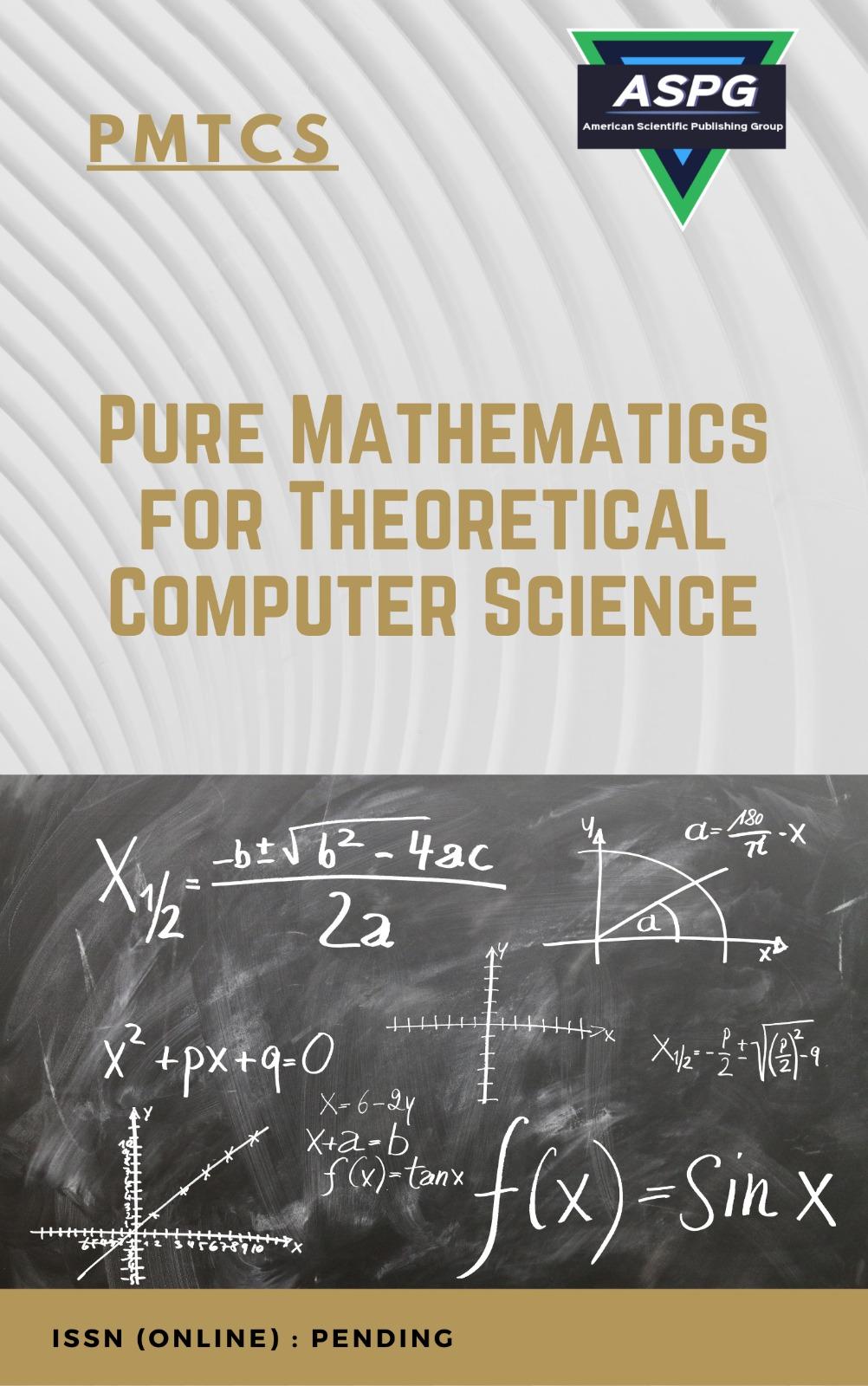

This paper presents a comparison between artificial intelligence, machine learning and deep learning. From artificial intelligence and its types of systems, through machine learning and its stages to deep learning, the most important features that belong to each of them are identified, illustrated by simple examples that help to understand the difference.
Read MoreDoi: https://doi.org/10.54216/PMTCS.020101
Vol. 2 Issue. 1 PP. 08-17, (2023)
This paper is dedicated to study the neutrosophic divisor point with a known ratio, where we use the principals of neutrosophic Euclidean geometry to get the desired results, and we illustrate many examples that explain the novelty of our work.
Read MoreDoi: https://doi.org/10.54216/PMTCS.020102
Vol. 2 Issue. 1 PP. 18-23, (2023)
A ring R is called right FGF ring, if every finitely generated right R-module embeds in a free right R-module. It is well known that a quasi-Frobenus ring R is right FGF ring, but the converse is still an open question. In this note we give some equivalent additional conditions that convert the right FGF ring to the QF ring. Other known results that characterize the class of quasi-Frobenius rings are fond. In the process, some new results that characterize the class of IF-rings are provided.
Read MoreDoi: https://doi.org/10.54216/PMTCS.020104
Vol. 2 Issue. 1 PP. 34-38, (2023)